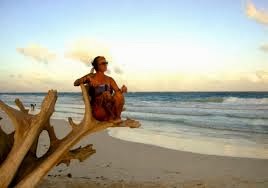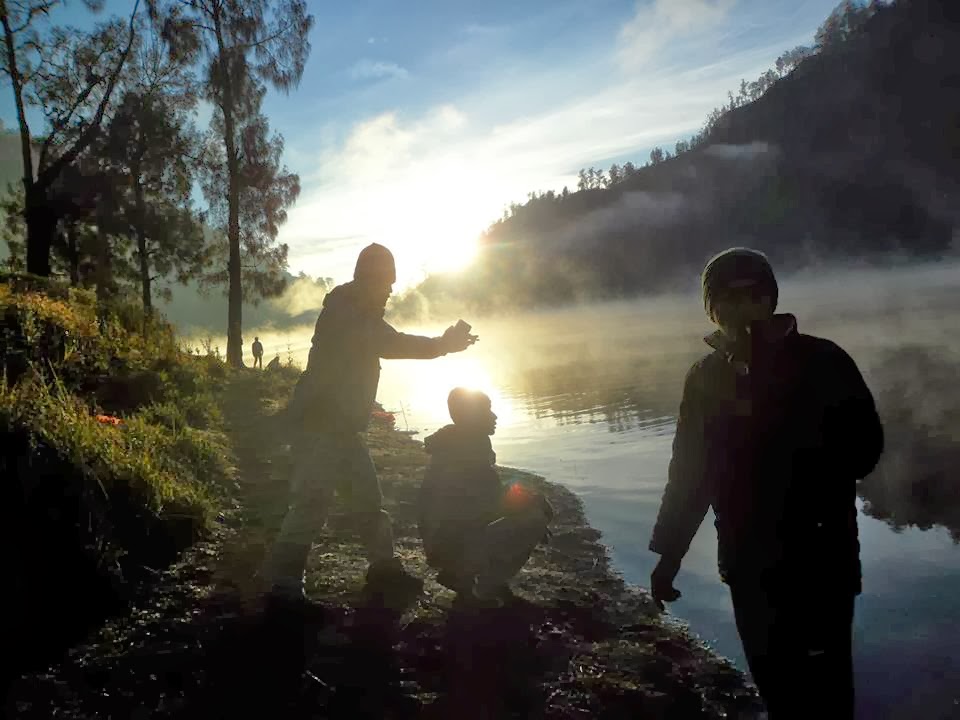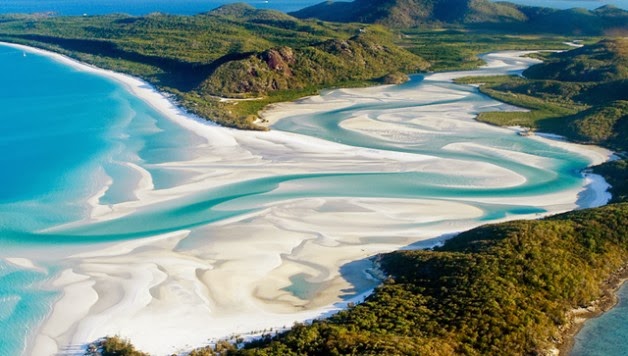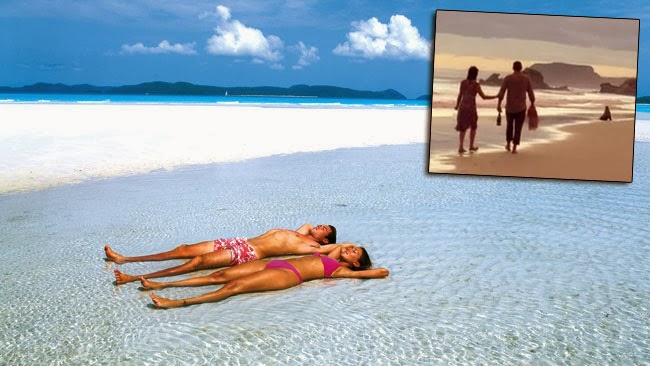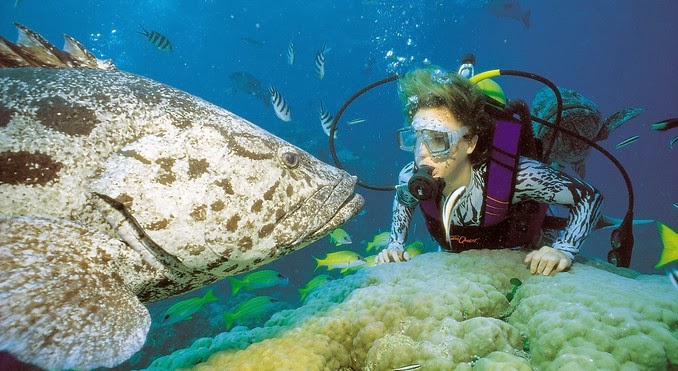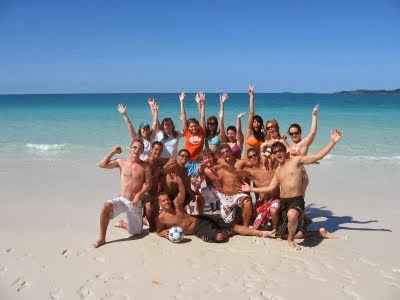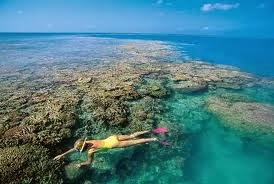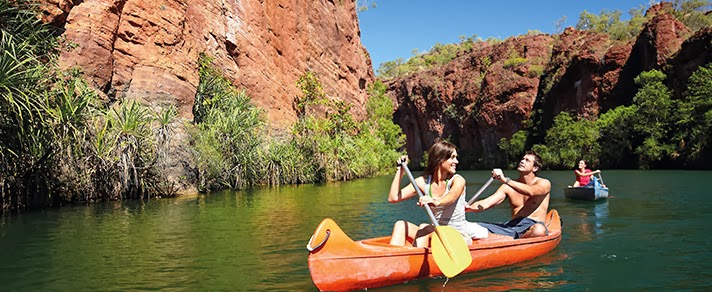
Tulum (Yucatec: Tulu'um) is the site of a Pre-Columbian Maya walled city serving as a major port for Cobá.The ruins are situated on 12-meter (39 ft) tall cliffs, along the east coast of the Yucatán Peninsula on the Caribbean Sea in the state of Quintana Roo, Mexico.

Tulum was one of the last cities inhabited and built by the Mayas; it was at its height between the 13th and 15th centuries and managed to survive about 70 years after the Spanish began occupying Mexico.
Old World diseases brought by the Spanish settlers appear to have been the cause of its demise.




One of the best-preserved coastal Maya sites, Tulum is today a popular site for tourists.
The Maya site may formerly have been known by the name Zama, meaning City of Dawn because it faces the sunrise. Tulum stands on a bluff facing east towards the Caribbean Sea. Tulúm is also the Yucatan Mayan word for fence, wall or trench, and the walls surrounding the site allowed the Tulum fort to be defended against invasions.
Tulum had access to both land and sea trade routes, making it an important trade hub, especially for obsidian.

From numerous depictions in murals and other works around the site, Tulum appears to have been an important site for the worship of the Diving or Descending god. Tulum had an estimated population of 1,000 to 1,600 inhabitants.

Tulum was first mentioned by Juan Díaz, a member of Juan de Grijalva's Spanish expedition of 1518, the first Europeans to spot Tulum. The first detailed description of the ruins was published by John Lloyd Stephens and Frederick Catherwood in 1843 in the book Incidents of Travel in Yucatan. As they arrived from the sea, Stephens and Catherwood first saw a tall building that impressed them greatly, most likely the great Castillo of the site.

They made accurate maps of the site’s walls, and Catherwood made sketches of the Castillo and several other buildings. Stephens and Catherwood also reported an early classic stele at the site, with an inscribed date of AD 564 (now in the British Museum's collection), which is interpreted to mean that it was most likely built elsewhere and brought to Tulum to be reused.

Work conducted at Tulum continued with that of Sylvanus Morley and George P. Howe, beginning in 1913.
They worked to restore and open the public beaches.
The work was continued by the Carnegie Institution from 1916 to 1922, Samuel Lothrop in 1924 who also mapped the site, Miguel Ángel Fernández in the late 1930s and early 1940s, William Sanders[disambiguation needed] in 1956, and then later in the 1970s by Arthur G. Miller. Through these investigations done by Sanders and Miller it has been determined that Tulum was occupied during the late Postclassic period around AD 1200.
The site continued to be occupied until contact with the Spanish was made in the early 16th century. By the end of the 16th century the site was abandoned completely.


Both coastal and land routes converged at Tulum which is apparent by the number of artifacts found in or near the site that show contacts with areas all over Central Mexico and Central America.
Copper artifacts from the Mexican highlands have been found near the site, as have flint artifacts, ceramics, incense burners, and gold objects from all over the Yucatán.

Salt and textiles were among some of the goods brought to Tulum by sea that would then be dispersed inland.
Typical exported goods included feathers and copper objects that came from inland sources. These goods could be transported by sea to rivers such as the Río Motagua and the Río Usumacincta/Pasión system that could be taken inland giving seafaring canoes access to both the highlands and the lowlands.

The Río Motagua starts from the highlands of Guatemala and empties into the Caribbean while the Río Pasión/Ucamacincta river system also originates in the Guatemalan highlands and empties into the Gulf of Mexico. It may have been one of these seafaring canoes that Christo Colum first encountered off the shores of the Bay Islands of Honduras.
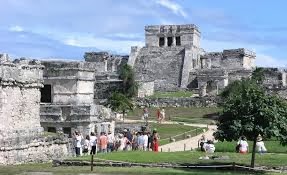
Jade and obsidian appear to be some of the more prestigious materials found here as the obsidian would have had to have traveled clear from Ixtepeque in northern Guatemala which was nearly 700 kilometers (430 mi) away from Tulum.
This huge distance coupled with the density of obsidian found at the site show that Tulum was a major center for the trading of obsidian.



